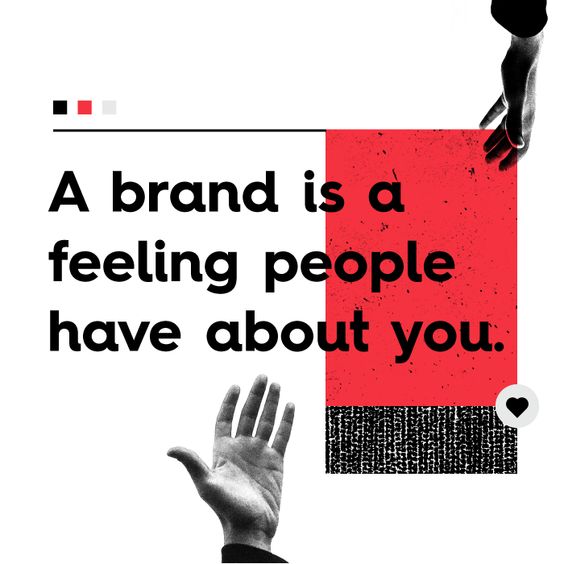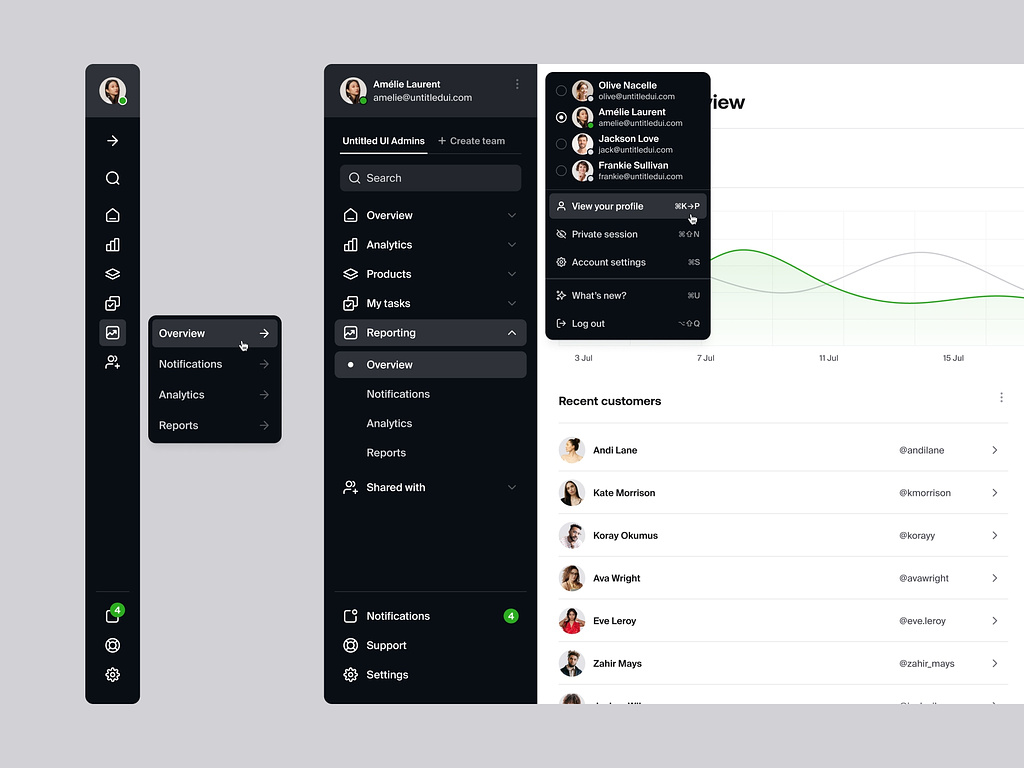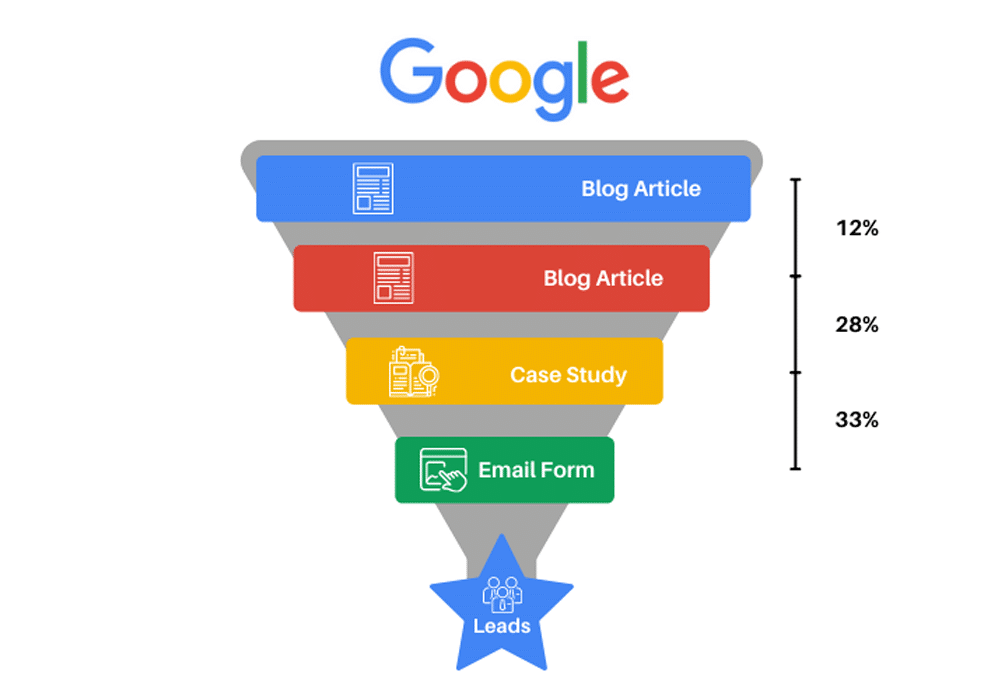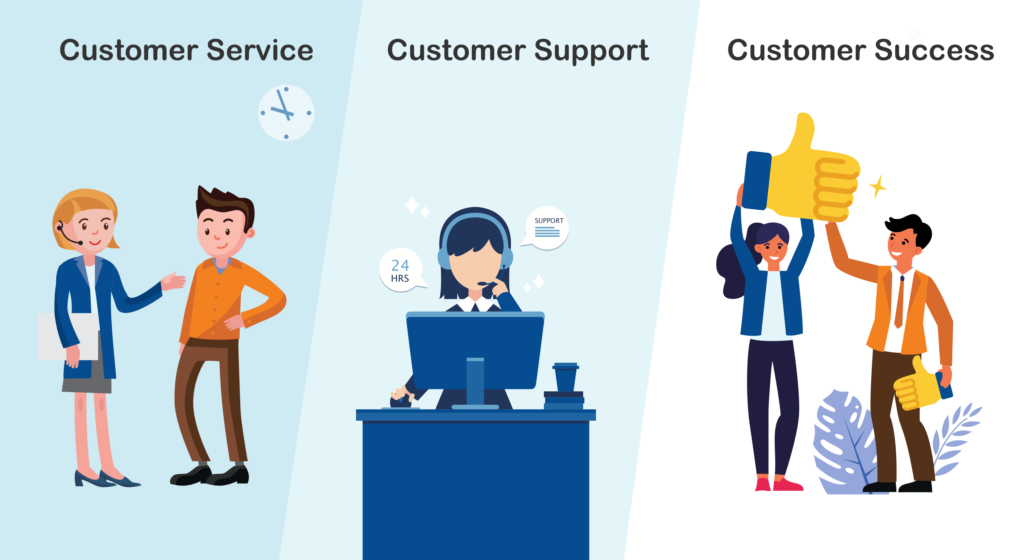Integrating Web Design in Marketing is crucial, as your site’s design forms the core of your online identity. Mind your audience while crafting your digital marketing approach, ensuring cohesion.
Unlike other marketing channels, your website is completely under your control – giving you complete ownership when it comes to standing out from the competition and bringing value to your customers.
Your website makes it easy to curate content and design funnels that fully optimize user experience (UX) as well as improve lead conversion – all while maintaining the top search engine optimization practices and offering reliable customer support.
So, let’s take a closer look at how web design can help you craft the perfect marketing strategy.
Want to know more about Web Design in Marketing?
Explore the web design cost to get the most out of your marketing strategy.
Learn more
Why is Web Design Essential to a Marketing Strategy?
When it comes to reaching your customers, your website is akin to having a physical store in the real world. As such, it is necessary to attract customers and ensure they have great experiences on your website.
Thus, web design should be seen as the avenue for creating a digital environment for your customers. It is a critical element of your marketing strategy.
Your goal is to direct people to your website. It is where the power to create impressions and build relationships can be found.
The moment a visitor lands on it will determine if a good impression is made. Each minute spent on your website affects their notion of your company, products, and services.
This is why a website with great design plays an important role in generating leads and developing a brand. Let’s take a closer look at how web design influences marketing strategy.
1. Branding and Unique Value Proposition (UVP)
The web design elements utilized for creating your website must help further your marketing strategy and the purpose of your website. For example, using an unsuitable template for constructing a real estate site can harm your strategy, making it harder to turn a profit.
A clear way of achieving this is through the representation of your branding and unique value proposition (UVP). Take Drift’s website as an instance. The conversation cloud’s design is centered around the value of communication. It is obvious in the way they talk and what they say.
When someone lands on the page, they feel as if those words are being said aloud. While slogans and taglines are popular for inspiring people to take action, consider Nike’s ‘Just do it’. Similarly, Drift’s mantra “Everything starts with a conversation” is highlighted in clear type with bold formatting on their main page.

Moreover, in order to draw visitors in, their Let’s Talk call-to-action looks to initiate a casual conversation. Which eventually lead to a demo form disguised as a chatbot conversation.

Instead of an impersonal form, this dialogue-like setup gives an engaging feel to it. Additionally, visitors can easily navigate through the site because of the menu, which includes descriptions about each of its landing pages, including the ‘About Us’ and ‘Careers’ sections.
What Drift tries to demonstrate is that even though conversations don’t necessarily equate to a sale, thats what shapes their branding. With this in mind, it is easy to recognize their unique value proposition and brand identity. If you were to replicate their approach, you would notice the amazing benefits it can have for your brand.
Therefore, it is key to ensure that your web design aligns with your marketing goals and brand identity. While doing so, you can benefit from analyzing your new product development process and finding new ways to strengthen your branding.
2. User Experience (UX)
User experience (UX) is an integral component of web design for successful marketing. A positive UX encourages prospects to become customers. To exceed customer expectations, it’s important to understand the principles of UX design.
Achieving a noteworthy UX starts with an intuitive interface for visitors. It should provide smooth navigation throughout the website that renders with effective layouts, menus, grids, visuals, and more.
Balenciaga, for example, could sharpen their environment through tidier navigation menus–they are overly overcrowded and disorienting.

Interaction design is how visitors interact with the content on your website. Communication tools, words, visuals, and other elements all factor into the interactive experience. Also, the size of the device which visitors navigate your site with impacts the visuals, media options, and performance.
Time is the fourth factor, as some elements such as videos, audio, and animations adjust themselves relative to the duration of user interaction. In addition, web design services reflect user behaviors with real-time and historical analytics. This is transformed into useful, data-driven A/B tests that help improve the user experience.
3. Search Engine Optimization
Web design and SEO merge in various ways. For example, page speed, the quality of links, and mobile friendliness are signals taken into account in rankings. All of which are critical elements of web design.
Structure your webpages correctly by CSS Grid, and other design elements. If this isn’t done accurately, search engines will not crawl your pages with precision.
If pages don’t load quickly and if Google has restricted access to your website, content may not appear in the ordering on a Google engine. This implies that the SEO friendly content being published will not secure a higher ranking in the search engine.
It’s important to optimise visual elements and content, as well as eliminating plugins that may slow down page speed.
Google urges businesses to create people-first content; such as being digestible, detailed and structured.
Content blocks on your pages should have an orderly placement, so that visitors can follow the content efficiently. Additionally, embed hyperlinks so visitors can learn more, and establish a sitemap so search engines do not miss any pages.
Start-ups don’t have the adequate resources to initiate a data-informed SEO strategy, thus it would be sensible to call on SEO services that possess a comprehensive strategic approach.
4. Conversion
A good web design can be instrumental in driving lead generation and sales. The web design components and strategies outlined here can have an impact on your conversion rates.
For instance, consider the following: loading speed, responsiveness, ease of use, level of accessibility, quality of content, and aesthetics. All of these factors shape your success in bringing interest to fruition.
Many online retailers, marketplaces, and streaming services have mastered this art already. For example, they are well versed in offering hyperlocal marketing and personalized offers and content. According to McKinsey’s Next in Personalization survey, 71% of consumers look for personalized interactions.

While it is possible to build and maintain an internal system like the giants, the cost can be prohibitive. As an alternative, consider using a reliable web development service or hiring a dedicated development team.
5. Customer Support: A Necessity
Having an open and easily accessible customer support system is essential. For a more modern, smooth-running experience, many businesses are incorporating cloud-hosted contact centers into their service options.
These centers provide users with a variety of helpful options, such as phone, email, text, and social media support. Unfortunately, this can put a strain on the customer service team.
When dealing with a high volume of customer requests, it’s important to focus on boosting efficiency. By doing this, you are giving your customer service team the ability to quickly and accurately address customer inquiries and complaints.
One of the most effective ways to enhance efficiency is by creating a user-friendly website. This will help customers navigate the website themselves, eliminating the need for customer support or reducing inquiries. It also keeps users safe with the use of encrypted password managers.
Let’s look at a password change request, for example. While it can be resolved by reading a help center article, a large amount of people won’t be inclined to take the time and effort.
With Zapier’s cleverly designed website structure, customers can easily find the correct channel with certain resources — such as How-To articles, tutorials, and more —available to them.

If none of these work, the user can then opt for a customer support ticket.
Once a customer clicks Get Help, their character and request will come up, so agents can quickly review, analyze, and provide a solution.
It’s also important to have a team of diverse agents to ensure that the customer is receiving the best support. Being able to assign requests directly to the most suitable agent will help customer requests to be answered in a timely manner. And, by helping your customer service team prepare in advance, this will increase the sense of customer satisfaction.
Overall, taking the time to implement an intuitive website can be extremely beneficial for customer support when it comes to boosting efficiency, providing reliable solutions, and ensuring customer satisfaction.
In Conclusion
Web design in marketing holds a central position in your online marketing plan. A website brings credibility to your brand and adds to its trustworthiness.
Clients can get a reliable point of reference to view your products and get the support they require. Moreover, a soundly created website has the following advantages:
- It illustrates your branding and shows your one-of-a-kind value proposition (UPV). This can come through in all web design components like menus, CTAs, color, and so forth.
- It ensures a smooth user experience and increases the chance of making a purchase.
- A neat and understandable web design is one of the variables that influence SEO. Certain significant design components that enable SEO comprise loading time, well-structured sitemaps, mobile usability (like responsive design), copy legibility, alt tags, navigation, and more.
- It improves conversions. By tweaking the pieces on a website through A/B testing, you can spot the sweet spot for perfect conversion.
- A well-structured website places emphasis on ease of access for client service. Visitors should not take up their time looking for assistance on your website.
